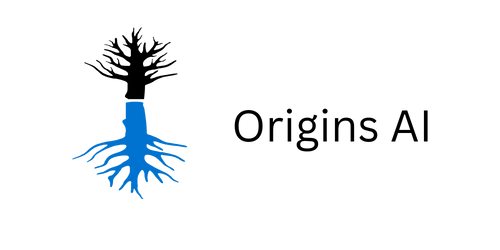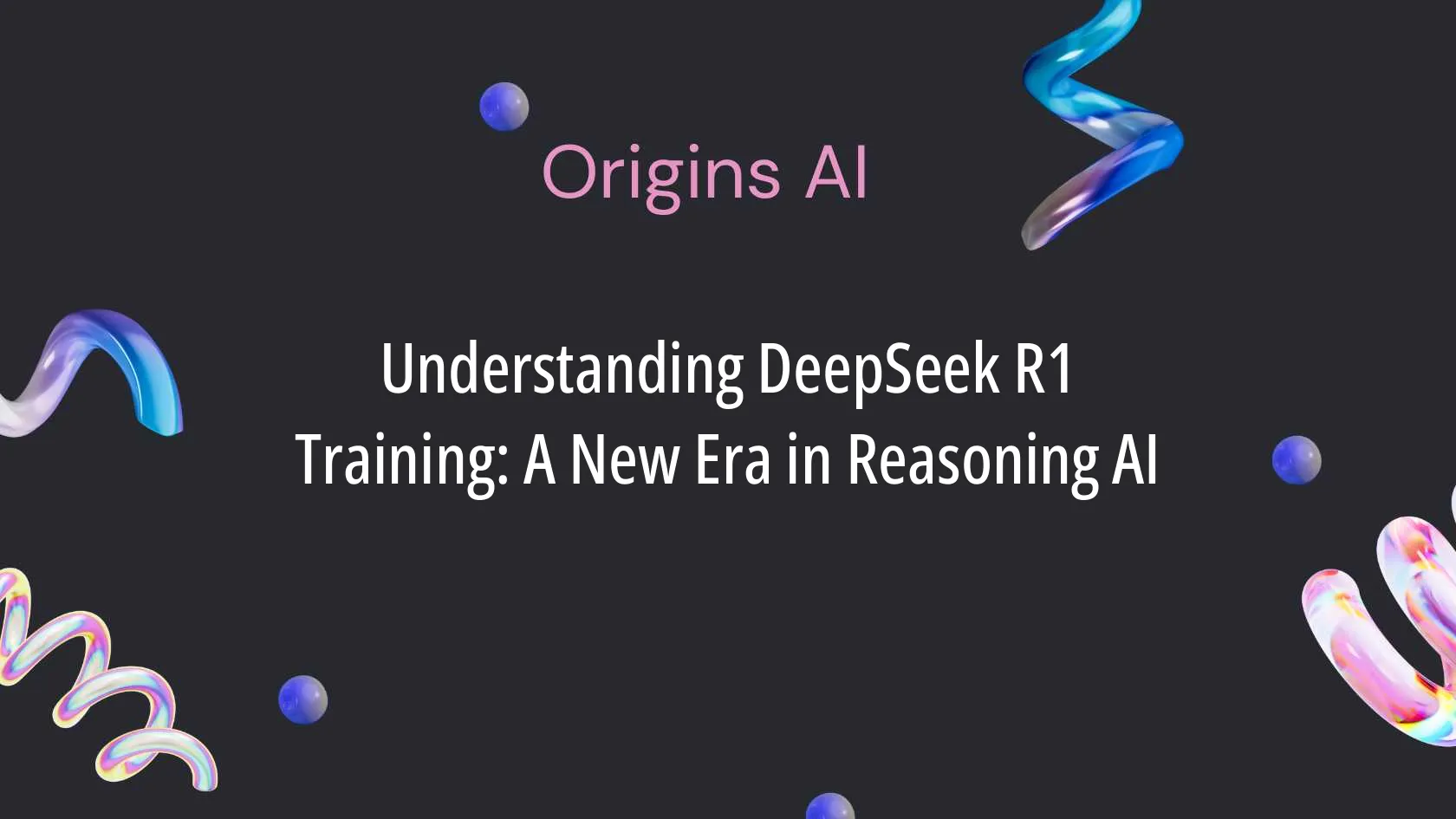DeepSeek R1 is a remarkable step forward in large language model training, known for its unique multi-stage reinforcement learning process and ability to create reasoning-focused AI. This blog dives into the training methodology of DeepSeek R1, demystifying its capabilities and showcasing its relevance in advancing AI technologies.
What is DeepSeek R1?
DeepSeek R1 represents a significant evolution in reasoning capabilities for large language models (LLMs). Developed by DeepSeek-AI, this model stands out for its multi-stage training pipeline, which involves cold-start data, reinforcement learning (RL), and fine-tuning to optimize its performance on complex reasoning tasks. DeepSeek R1 has been benchmarked to perform comparably to industry leaders like OpenAI’s advanced models.
The Multi-Stage Training Pipeline of DeepSeek R1
The training of DeepSeek R1 unfolds in four primary stages, with each phase building upon the strengths and weaknesses of its predecessor:
- Base Model to R1 Zero: Pure RL Without Fine-Tuning
- Technique: The base model, DeepSeek-V3, undergoes reinforcement learning using Group Relative Policy Optimization (GRPO). This framework avoids reliance on a value function, optimizing through group-based rewards.
- Outcome: DeepSeek R1 Zero emerges with remarkable reasoning behaviors but struggles with readability and language consistency.
- Cold-Start Fine-Tuning
- Approach: A curated dataset of long chain-of-thought (CoT) reasoning examples is introduced, refining the model’s coherence and formatting.
- Significance: The integration of human-designed patterns and summaries enhances readability, making the outputs user-friendly.
- Reasoning-Oriented RL
- Innovation: The model is further refined with reasoning-specific RL, incorporating tasks like mathematics, coding, and scientific logic.
- Refinements: Language consistency is enforced to mitigate multilingual overlaps, aligning the model’s outputs with user preferences.
- Final Fine-Tuning and Alignment
- Broadening Scope: A vast dataset (600k reasoning samples + 200k general-purpose tasks) is used to fine-tune the model for diverse scenarios, followed by alignment to ensure helpfulness and harmlessness.
Why DeepSeek R1 Stands Out
DeepSeek R1 isn’t just about solving reasoning tasks—it aims to provide readable and structured outputs, bridging the gap between raw computational power and human usability. Its distillation process ensures that even smaller models can inherit these advanced reasoning capabilities, democratizing AI access.
Benchmarks That Prove Its Power:
- Mathematics: Achieved a record-breaking 97.3% accuracy on MATH-500.
- Coding: Outperformed 96.3% of human competitors on Codeforces, a coding competition platform.
- Reasoning Tasks: Comparable to OpenAI-o1-1217 on GPQA Diamond and MMLU benchmarks.
Open-Sourcing DeepSeek R1 for Research
DeepSeek R1 is open-source, along with distilled models ranging from 1.5B to 70B parameters. This initiative supports the research community by providing robust tools for further exploration in reasoning AI.
DeepSeek R1’s training process is a meticulously designed multi-stage pipeline that integrates reinforcement learning (RL), fine-tuning, and data distillation to develop advanced reasoning capabilities. The training focuses on optimizing the model for reasoning tasks, ensuring readability, and aligning outputs with human preferences.
Here’s an in-depth look at how DeepSeek R1 has been trained:
1. Base Model Training
The foundation of DeepSeek R1 begins with a pre-trained base model, DeepSeek-V3. From this base, the journey progresses as follows:
2. Stage 1: Training DeepSeek-R1-Zero
This stage emphasizes reinforcement learning (RL) without any supervised fine-tuning (SFT). The RL process uses Group Relative Policy Optimization (GRPO) to guide the model toward improved reasoning.
- Technique:
- GRPO is used to optimize the policy model, relying on group-based advantage scoring.
- No critic model is involved, which reduces computational costs.
- Rewards:
- Accuracy Rewards: Evaluate the correctness of responses, such as mathematical answers or code outputs.
- Format Rewards: Enforce structured reasoning outputs between and tags.
- Outcome:
- Emergent reasoning behaviors, including self-verification and reflection.
- Issues such as language mixing and poor readability remain challenges at this stage.
3. Stage 2: Cold-Start Fine-Tuning
To address the limitations of DeepSeek-R1-Zero, a cold-start dataset is introduced.
- Cold-Start Data:
- Thousands of curated chain-of-thought (CoT) examples designed for readability and consistency.
- Outputs are formatted with summaries and highlighted reasoning processes.
- Approach:
- Supervised fine-tuning on this dataset improves the model’s coherence and output format.
4. Stage 3: Reasoning-Oriented Reinforcement Learning
After cold-start fine-tuning, the model undergoes another round of reasoning-focused RL to enhance its problem-solving capabilities.
- Focus Areas:
- Mathematics, logic, coding, and scientific reasoning.
- Well-defined tasks with clear solutions are prioritized.
- Improvements:
- A language consistency rule is introduced to reduce language mixing.
- Rewards combine accuracy and language consistency.
5. Stage 4: Multi-Scenario Fine-Tuning and Final RL Alignment
The final training phase involves both fine-tuning and alignment to broaden the model’s capabilities across various tasks.
- Data:
- Reasoning Samples: 600k samples generated using rejection sampling from the RL-trained checkpoint.
- General Purpose Tasks: 200k samples from domains like writing, role-playing, and factual QA.
- Techniques:
- Fine-tuning on this expanded dataset enhances general-purpose usability.
- A second round of RL aligns the model with human preferences for helpfulness and harmlessness.
6. Distillation: Smaller Models with DeepSeek R1’s Power
The reasoning capabilities of DeepSeek R1 are distilled into smaller models, ranging from 1.5B to 70B parameters.
- Process:
- Fine-tuning smaller models using the dataset generated by DeepSeek R1.
- Outcome:
- Smaller models achieve competitive performance, democratizing advanced reasoning capabilities.
Key Features of the Training Process:
- Reinforcement Learning (RL):
- Drives reasoning abilities by incentivizing emergent behaviors like reflection and structured thinking.
- GRPO simplifies RL by avoiding the need for a critic model.
- Cold-Start Fine-Tuning:
- Introduces readability and coherence to the outputs.
- Uses a curated dataset to overcome RL’s early instability.
- Iterative Training:
- Multiple RL and fine-tuning stages refine reasoning and general-purpose capabilities.
- Rejection sampling ensures high-quality training data.
- Alignment with Human Preferences:
- Final RL stage focuses on helpfulness, harmlessness, and user-friendly outputs.
Benchmarks of Success:
- Achieved 97.3% accuracy on MATH-500.
- Performed comparably to OpenAI-o1-1217 on reasoning tasks.
- Outperformed 96.3% of human competitors on Codeforces.
DeepSeek R1’s training methodology demonstrates how combining RL, fine-tuning, and data distillation can create models with unparalleled reasoning capabilities while maintaining usability and accessibility.
Ref

